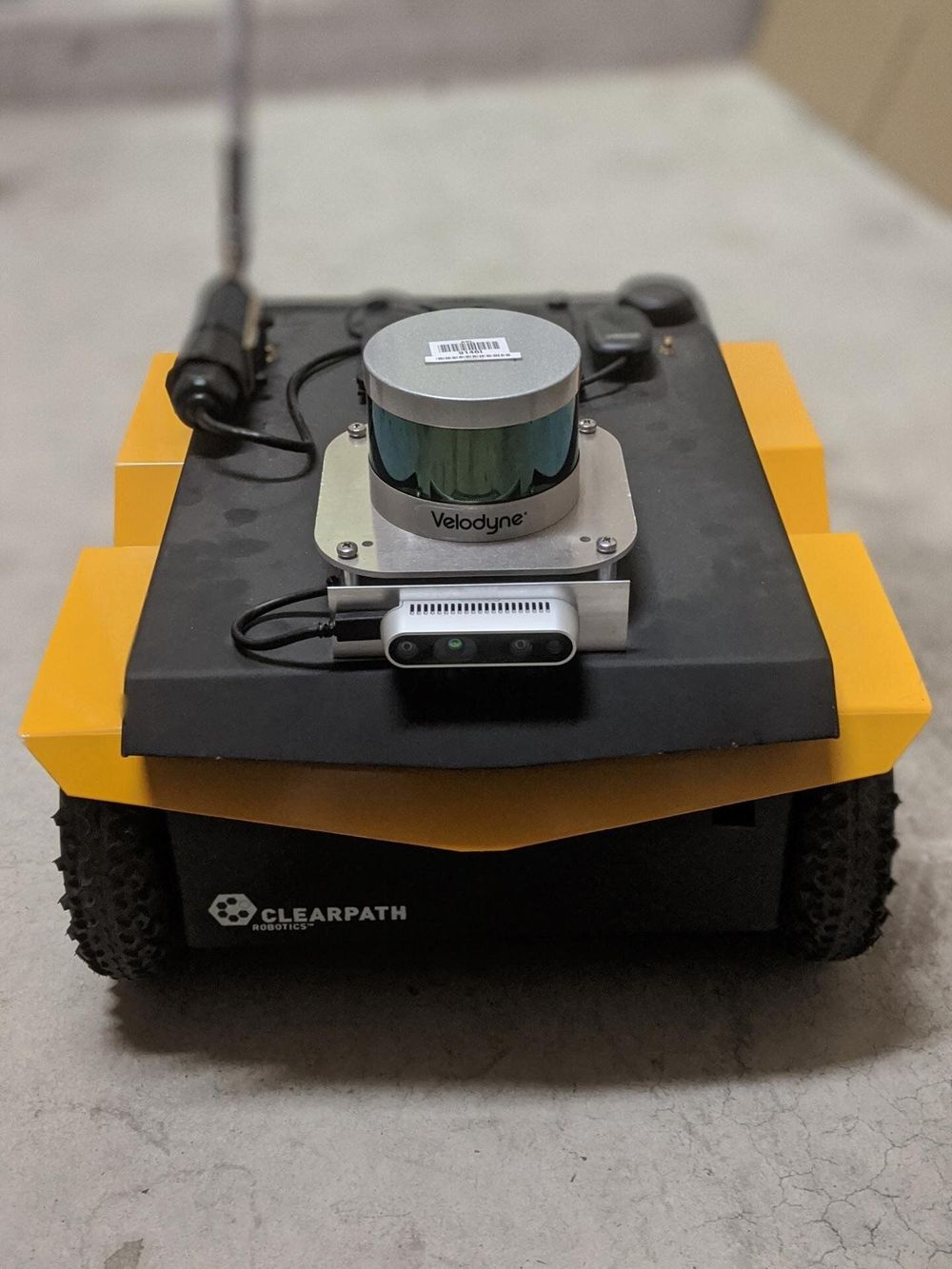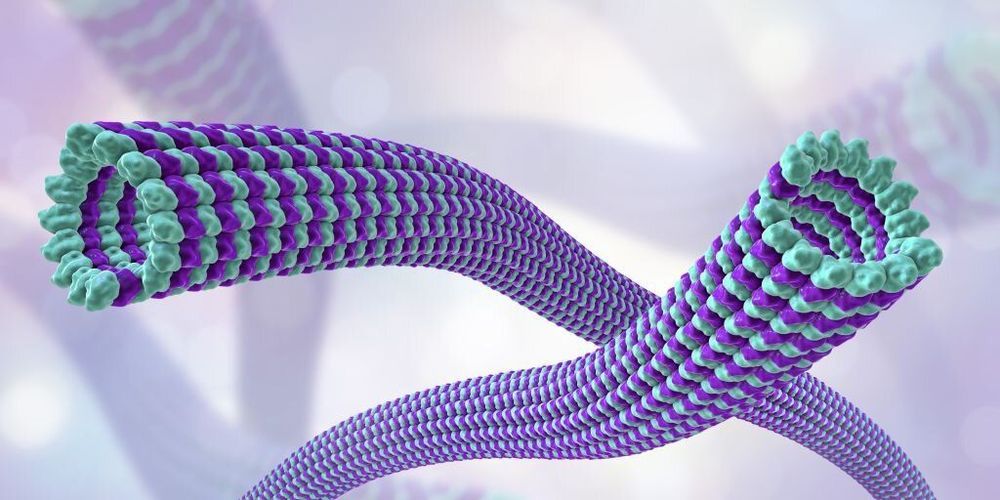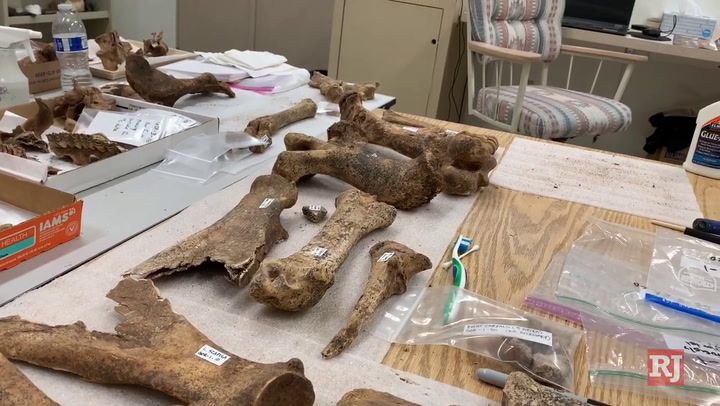Aug 15, 2020
Soldiers could teach future robots how to outperform humans
Posted by Omuterema Akhahenda in categories: information science, military, robotics/AI
The researchers fused machine learning from demonstration algorithms and more classical autonomous navigation systems. Rather than replacing a classical system altogether, APPLD learns how to tune the existing system to behave more like the human demonstration. This paradigm allows for the deployed system to retain all the benefits of classical navigation systems—such as optimality, explainability and safety—while also allowing the system to be flexible and adaptable to new environments, Warnell said.
In the future, a soldier and a game controller may be all that’s needed to teach robots how to outdrive humans.
At the U.S. Army Combat Capabilities Development Command’s Army Research Laboratory and the University of Texas at Austin, researchers designed an algorithm that allows an autonomous ground vehicle to improve its existing navigation systems by watching a human drive. The team tested its approach—called adaptive planner parameter learning from demonstration, or APPLD—on one of the Army’s experimental autonomous ground vehicles.
Continue reading “Soldiers could teach future robots how to outperform humans” »
















